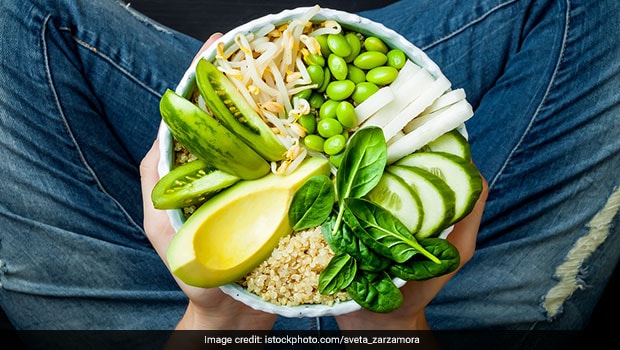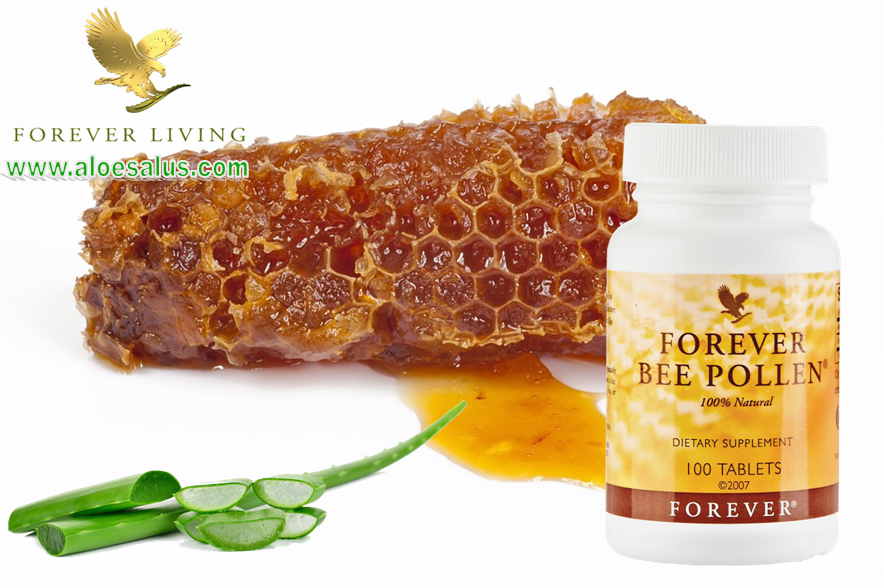
Many healthy foods can be provided by schools, regardless of whether the food is brought in from home or packed into a lunchbox. A sandwich made with whole-grain bread and a container of fruit or yogurt, a bag of baked chips, or a low-calorie dip are great options for packed lunches. Pack the meals the night ahead to avoid making poor choices in the morning rush. Consider packing snacks your child will like, such as a protein bars or bananas.
Schools may have policies that make healthy eating easier. School staff models healthy eating habits during school hours and on other days. These policies promote healthy eating habits in the school lunchroom and support curriculum standards. This is an important step towards a healthy school environment. But you should also think about how easy it can be to encourage your child's choice of healthy food. Some schools also offer a free or reduced cost lunch program. By ensuring that your child has access to a nutritious lunch at school, you can give them the confidence to make healthy food choices.
Providing healthy food options is important, no matter what type of school your child attends. Low-fat milk, such as milk, should be available. Similarly, milk should be fat-free or low-fat. High-quality cheeses, as well as yoghurt, should be calcium fortified. Hard-boiled eggs and lean meats are all options. Peanut butter is another option. You might find that some schools have nut free policies. Before you make any purchase, it is a good idea check out their policy.
All nutrition policies in a school district must be consistent with federal guidelines. Schools should limit the intake of milk and vegetable juice from snack machines. For students in grades K-12, there are limits on portion size, which are usually eight ounces. Higher-grade schools may have stricter restrictions. Children need healthy options. It is important that you consider the cost of food you buy.
Healthy habits can be developed by introducing nutritious foods to school. It will create a healthy culture in the school, and reinforce nutrition education from teachers. It will strengthen the relationship between students and schools and encourage them to eat better at home. It's easy to find a recipe that you like and have it shipped directly to your school. They'll appreciate the extra effort.

Another option is to give your child a healthy lunch box. The right food can help your child focus and play better all day. It will increase their connection with school and reinforce nutrition messages. A healthy lunch will make your child feel more at ease. It will also help them learn about nutrition. Your child will reap many benefits from healthy eating.
Your child should have a nutritious, balanced lunch. Healthy foods can keep children focused and active throughout the day. Healthy food is not only delicious, but it will also help them stay awake and improve their concentration. It will provide them with the energy to carry out their daily activities. It will make them feel good about their self-worth. Pre-made and frozen lunches are great options for those who don't have time to cook healthy meals.
A great way to ensure your child makes healthy meal choices is to choose healthy food for their lunch. By looking at the weekly menu together, you can monitor your child's eating habits at school. Find out which days your child prefers lunch and discuss the healthy options with them. Your child may be more interested in choosing their lunch depending on how old they are.

It's possible to help your child make better choices at school by monitoring their eating habits. By monitoring their eating habits, you'll be able to make them more focused and healthy. Healthy eating habits are essential for your child’s health. This can be done by discussing the nutrition information at school. It's important to learn about your child's likes and dislikes as well as their favorite foods.
FAQ
How can you get motivated to cook well?
Cooking is fun when you share food with family and friends. Cooking for one is easier than cooking for another. Try making something new if your goal is to become more motivated to cook. This will allow you to discover new recipes and techniques. To expand your culinary skills, you can also make use of recipes from other cultures.
What are the benefits to using a slow cooker
Slow cookers are extremely useful as they make it easy to cook delicious meals in a short time. Slow cooker recipes are more healthy than traditional dishes because they use less oil. Additionally, slow cookers are more convenient than traditional recipes because they take care for themselves while you're sleeping.
What is the best way to store leftovers?
Tupperware containers are a good choice for leftovers. These containers are great for keeping food fresh and preventing odors from growing. They also keep foods warm for longer. Leftover food can be frozen in freezer bags. To prevent air from escaping, freeze food in a bag. Once the food is frozen place it in an airtight container, such as a zip lock bag.
What are my options for learning about cooking?
There are many cooking classes available all over the country. Many schools offer courses in baking, pastry, and wine tasting. A local community college, vocational school, or private institution can offer classes in cooking.
How much does it cost to study Culinary Arts?
It is not easy to find a culinary arts degree that costs less than $40,000. A four-year degree in culinary arts typically costs around $40,000. A two-year associate's level degree can cost less than $5,000. Tuition rates vary depending on what program you choose. The prices charged by private institutions are generally higher than the public.
Statistics
- under 10 Kids have been taught that there is special food just for them, and Fiese says that 10 percent of kids will throw a tantrum if they don't get the food they want. (washingtonpost.com)
- On average, chefs earn $58,740 a year, according to the BLS. - learnhowtobecome.org
- You'll be amazed that over 90% of CIA students receive scholarships and grants to finish their culinary studies. (ischoolconnect.com)
External Links
How To
How to cook a steak
The right cooking method for any type of meat depends on its thickness. For example, thinner steaks are best cooked over low heat, while thicker ones need higher temperatures.
Also, don't cook them too long as it will cause loss of flavor. You should always remove the steak from the skillet when it's done. This will prevent you from burning yourself.
Cooking time will depend on the size of your steak and the desired level of doneness. Here are some general guidelines.
Medium Rare: Cook until medium rare, which means the internal temperature reaches 145degF (63degC). This will take between 3 to 5 minutes per side.
Medium: Cook to medium (or until the internal temperature reaches 160degF/71degC). This typically takes 6 minutes per side.
You are done when the internal temperatures reach 180°F (82°C). This takes between 8 and 12 minutes per side.